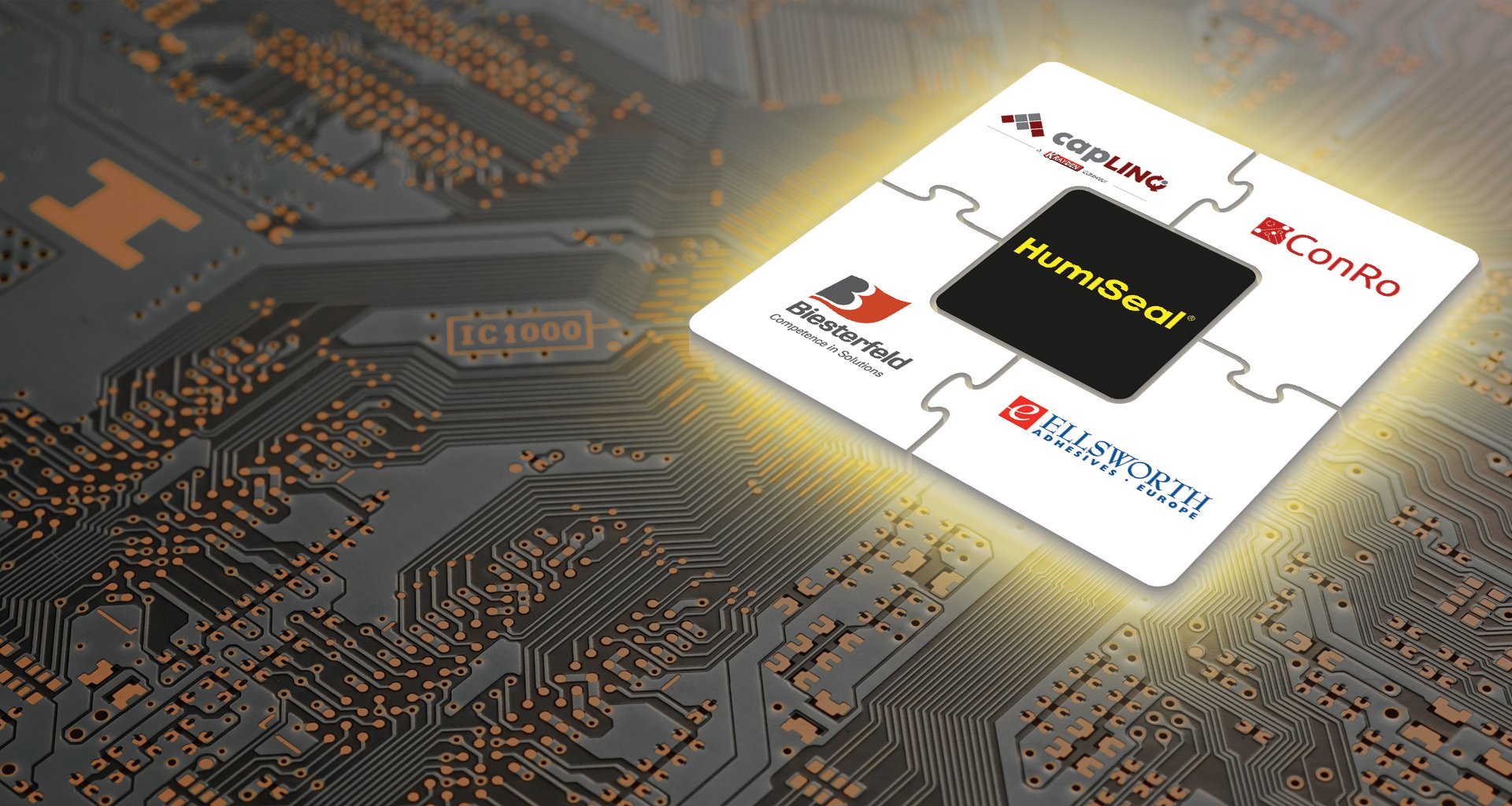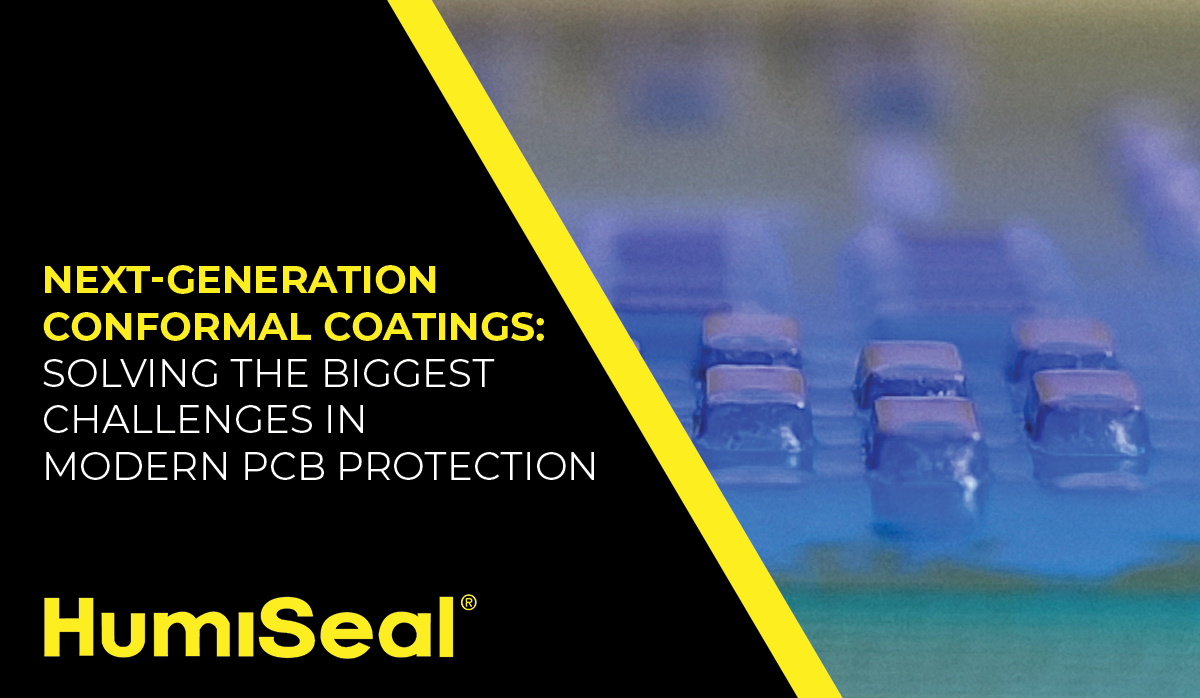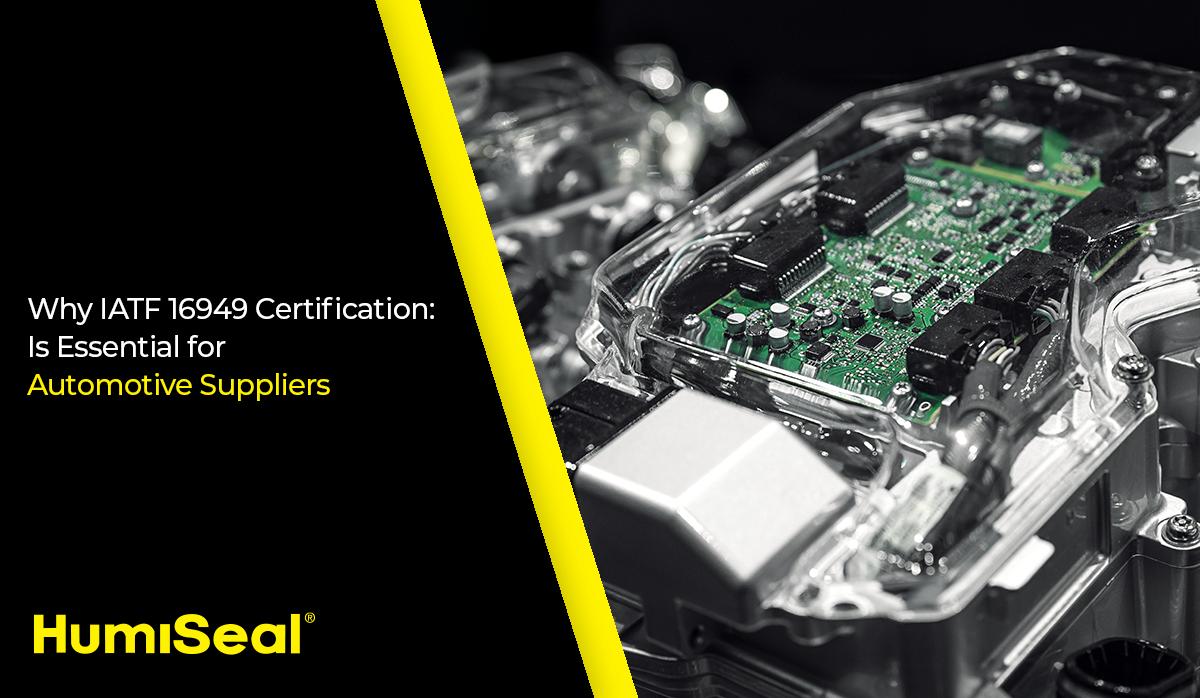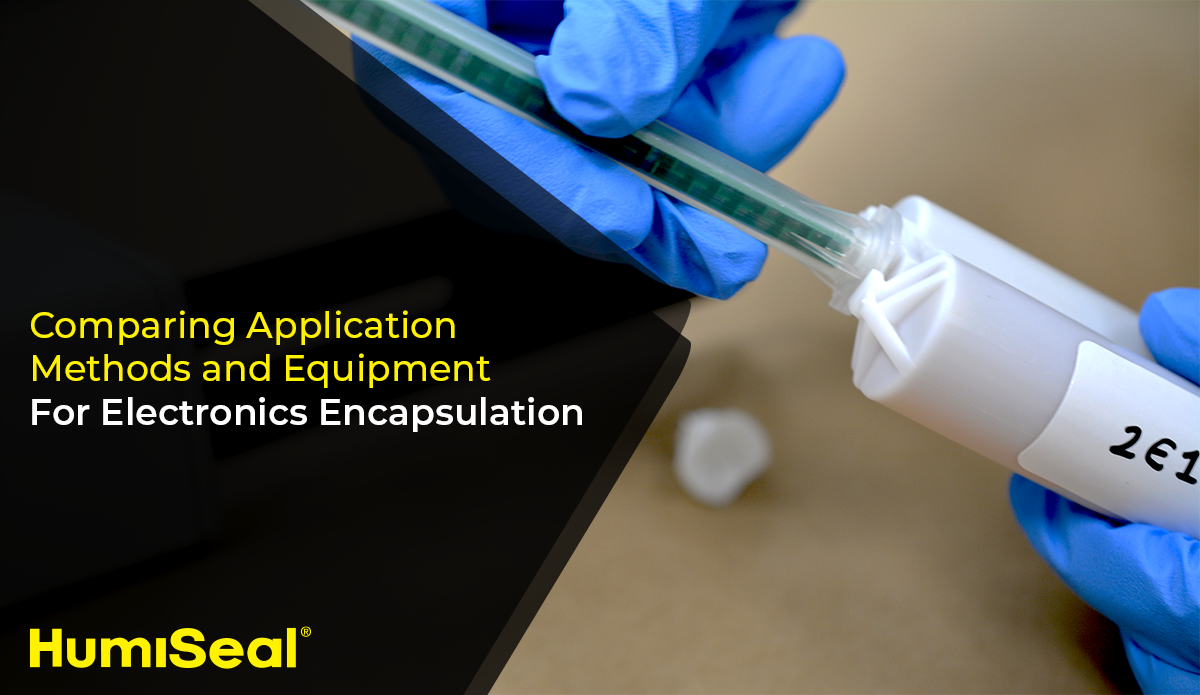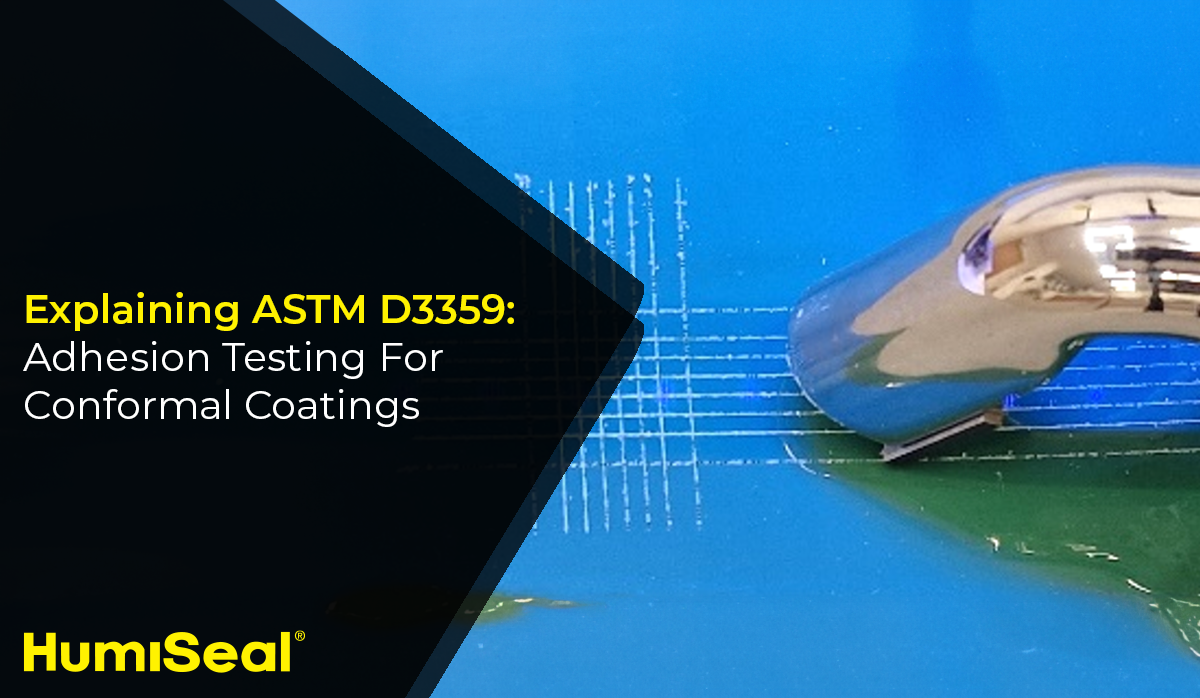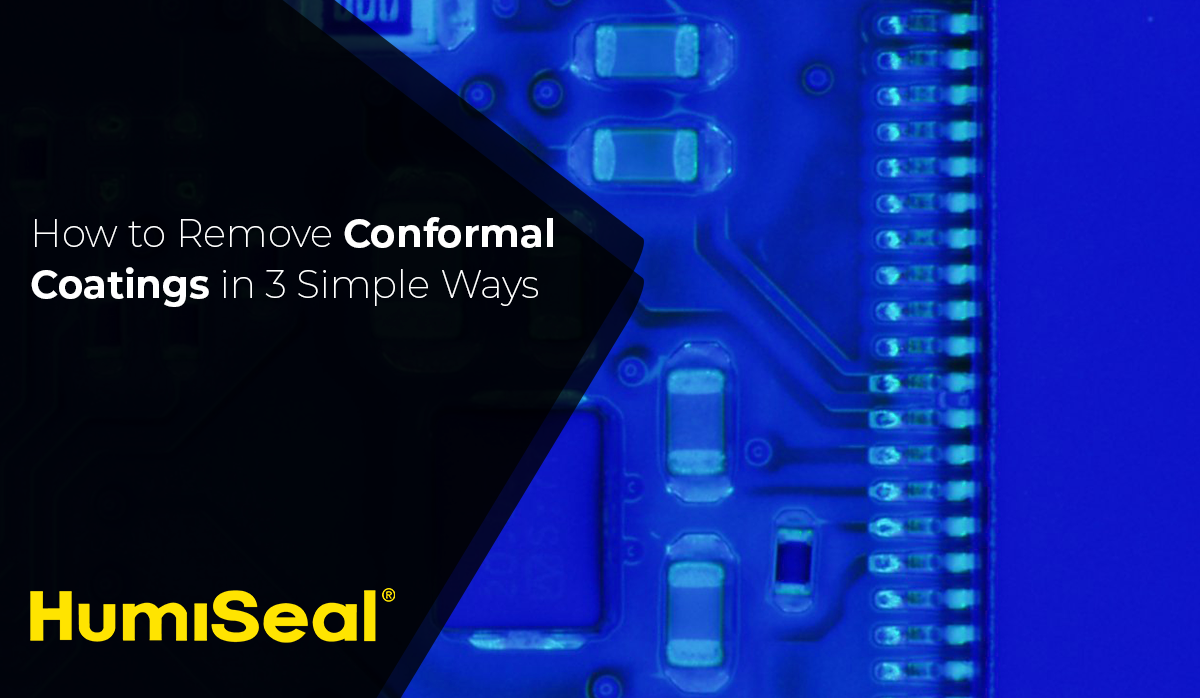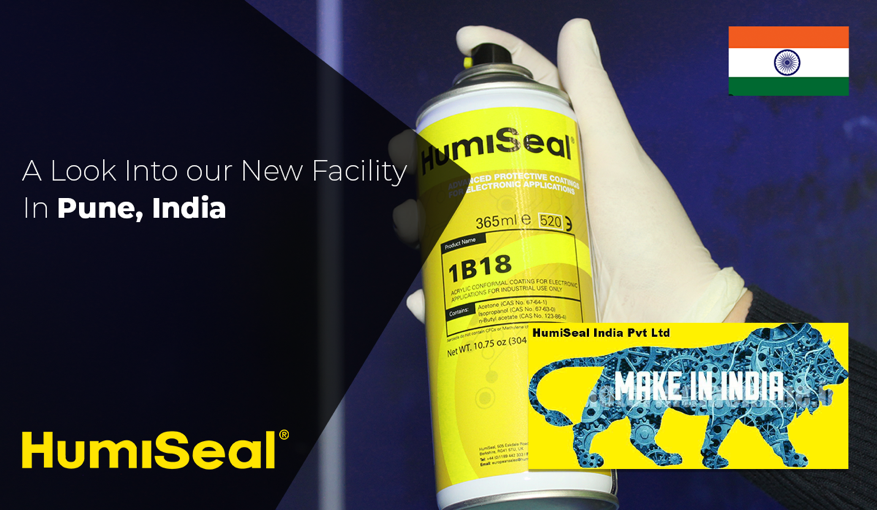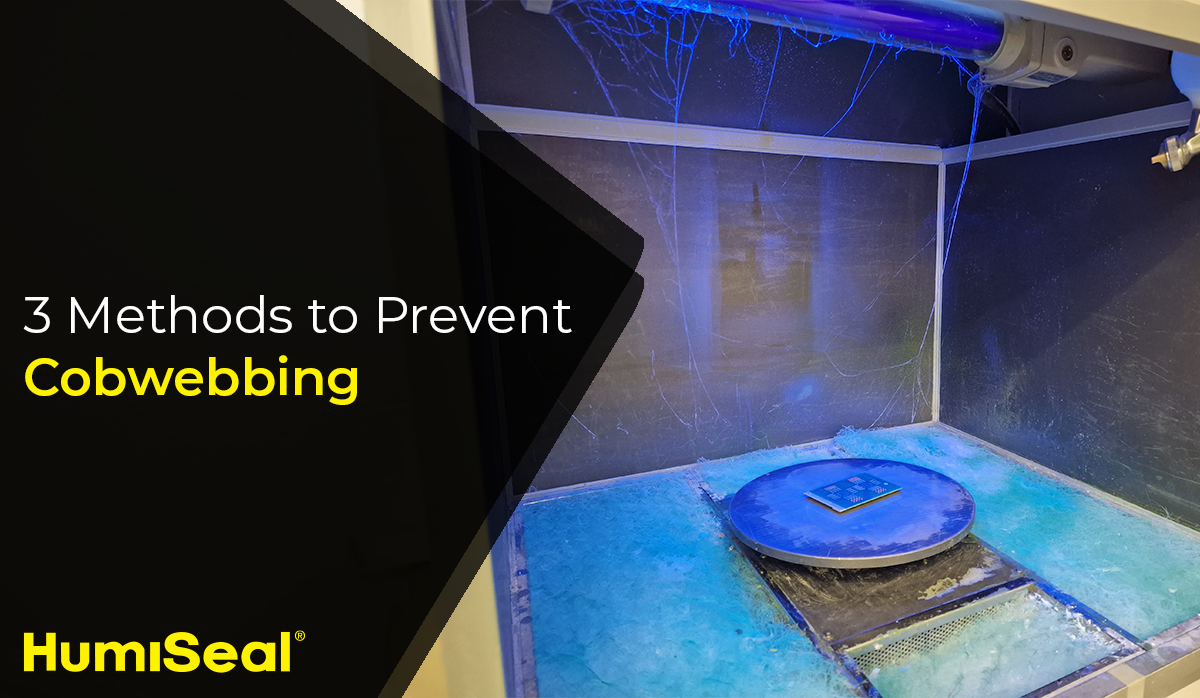Winnersh, UK – November 2025— HumiSeal, a leading global manufacturer of conformal coatings and encapsulation materials and part of Chase Corporation, has announced the expansion of its authorised distributor network across Europe. The strengthened partnership includes four key distributors — Conro Electronics, Biesterfeld, Caplinq, a part of Krayden and Ellsworth Adhesives — each bringing extensive regional coverage and technical expertise to better serve customers throughout Europe.
By strengthening its distribution partnerships, HumiSeal aims to deliver greater accessibility, faster delivery times, and more localised technical support for customers in electronics manufacturing, automotive, aerospace, military, and industrial markets throughout Europe


